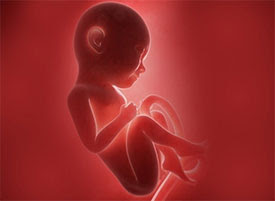Less than 10 per cent of child sex offences result in conviction by Joe Lepper
Around 400 sexual offences against
children are reported to police each week but less than one in ten
result in a conviction, according to figures obtained by the NSPCC.

>> A fifth of reported child sexual offences were against children aged under 11. Image: Phil Adams
The
children’s charity gathered statistics related to sex crimes from all
43 English and Welsh police forces and found one in three were committed
against children.
Of the 23,097 child victims of reported sexual offences recorded during 2010/11, a fifth were under 11 and 1,500 were five or younger. The majority of child victims (19,790) were girls.
The figures show 426 child victims had previously been victims of reported sexual offences, but these figures are likely to be much higher as only a third of forces were able to supply this information.
This is the fourth year that the NSPCC has collected figures on sexual offences against children. Over that time the number of convictions has risen by a quarter but the number of reported offences has remained at a similar level.
Jon Brown, head of the NSPCC’s sexual abuse programme, called for more detailed research into the low level of convictions among reported perpetrators of sexual offences against children.
He said: "The police are doing their best to bring prosecutions but we need to understand why there is such a huge disparity between the two figures. The fact there are repeat offences against some of the children also shows not all are just one-off incidents."
He added that the NSPCC is using information and statistics from the police to tailor its treatment services to children of different ages.
But said: "We can’t tackle this problem by ourselves. It requires a major effort from government and the public to give children the protection they need and to provide more therapeutic programmes so the young victims of abuse can start to rebuild their lives."
Of the 23,097 child victims of reported sexual offences recorded during 2010/11, a fifth were under 11 and 1,500 were five or younger. The majority of child victims (19,790) were girls.
The figures show 426 child victims had previously been victims of reported sexual offences, but these figures are likely to be much higher as only a third of forces were able to supply this information.
This is the fourth year that the NSPCC has collected figures on sexual offences against children. Over that time the number of convictions has risen by a quarter but the number of reported offences has remained at a similar level.
Jon Brown, head of the NSPCC’s sexual abuse programme, called for more detailed research into the low level of convictions among reported perpetrators of sexual offences against children.
He said: "The police are doing their best to bring prosecutions but we need to understand why there is such a huge disparity between the two figures. The fact there are repeat offences against some of the children also shows not all are just one-off incidents."
He added that the NSPCC is using information and statistics from the police to tailor its treatment services to children of different ages.
But said: "We can’t tackle this problem by ourselves. It requires a major effort from government and the public to give children the protection they need and to provide more therapeutic programmes so the young victims of abuse can start to rebuild their lives."






















No comments